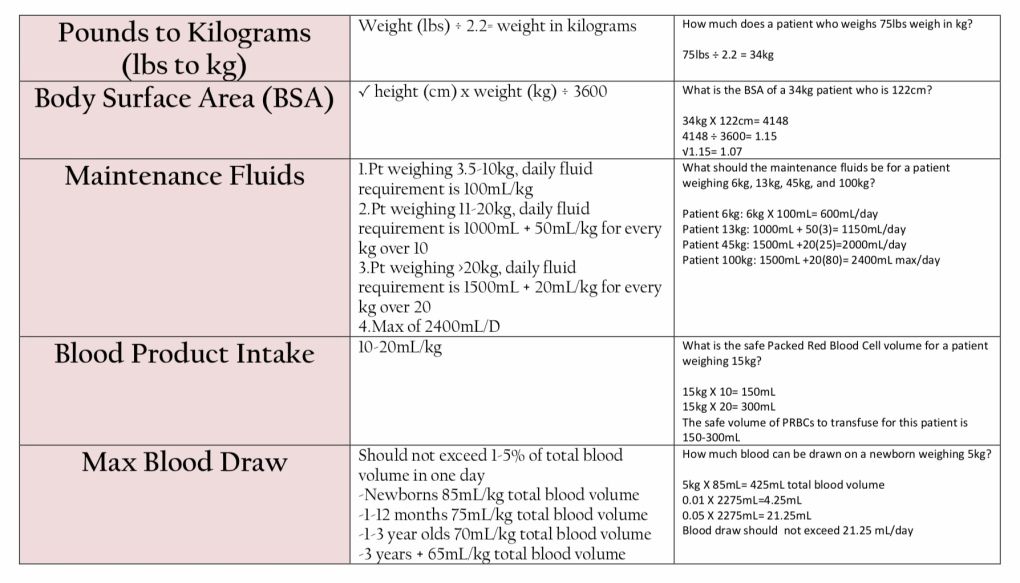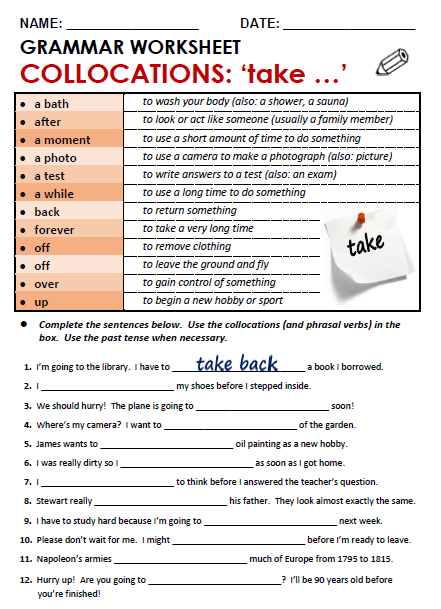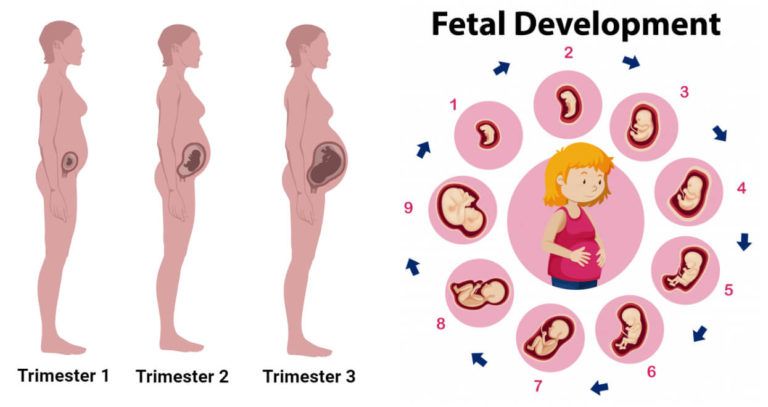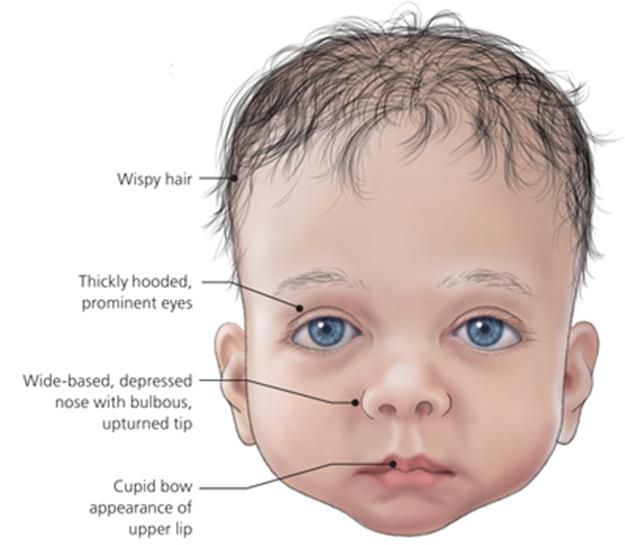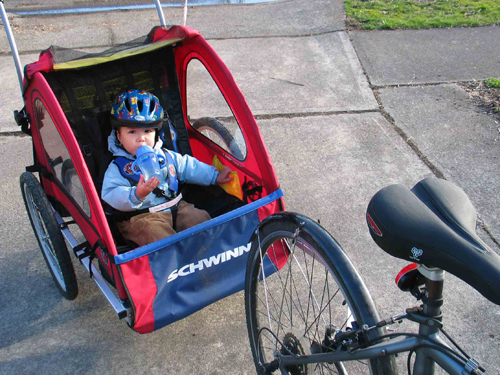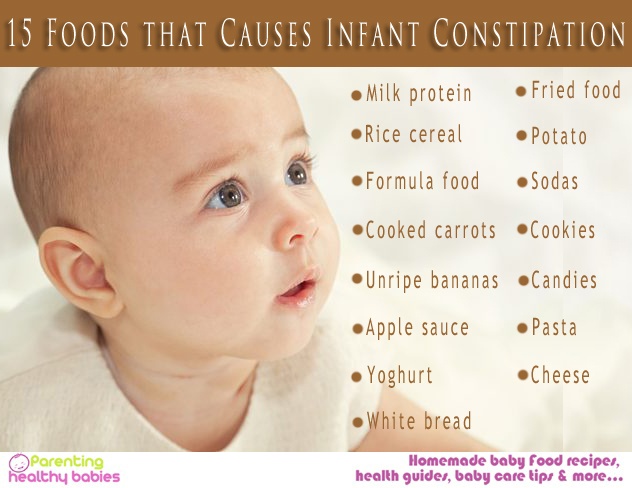How much should 10 month old weigh
Everything You Need to Know
10-Month-Old Baby
Your baby is 10 months old! Life’s pretty chaotic because you have a soon-to-be toddler moving around your home and because you’re still probably having some late nights. But don’t all those kisses and hugs you’re getting from your 10-month-old baby make it all worthwhile? (You know, they’re doing that because you do it—you’ve set a great example for showing affection!) Baby surprises you every day with their progress. It’s so fun watching them grow and develop, but it’s still totally normal to question every decision and wonder if they’re meeting all the 10-month baby milestones. While baby will go at their own pace, there are certainly some exciting things to look forward to in the coming days and weeks. Wondering what a 10-month-old baby should be doing at this stage? We have the answers to your most pressing questions. Ready to get the scoop on the inner workings of a 10-month-old baby? Read on for all the important info.
In this article:
10-month-old development
10-month-old health
10-month-old food
10-month-old baby sleep
10-month-old schedule
Activities for a 10-month-old
10-month-old baby checklist and tips
10-Month-Old Development
Baby is getting bigger and smarter. Baby probably remembers where their favorite toys are and can understand when you give them simple instructions. They’re very playful and may give you cues at this age, like clasping their hands together when they want you to join in on the play.
10-month-old baby weight and length
How much should a 10-month-old weigh? The average weight of a 10-month-old baby is 18.7 pounds for girls and 20.2 pounds for boys. Average length is 28.1 inches for girls and 28.9 inches for boys. Baby may be growing about half an inch each month and gaining about .5 to 1 pound per month.
If your child doesn’t seem to be putting on pounds, you might wonder how to increase the weight of a 10-month-old baby.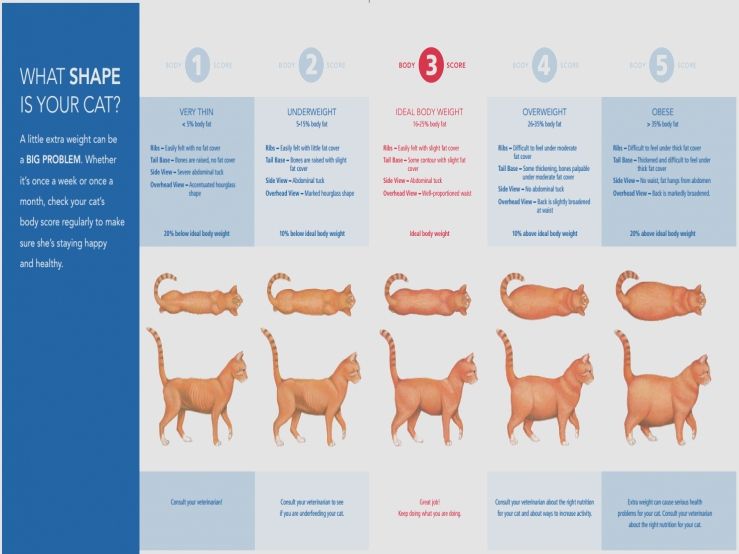 Talk to the pediatrician about their specific case, but in general, if baby is following their growth curve, it’s all good. You do want the doctor to keep a close watch just in case though. You can try increasing the number of times baby has a bottle or nurses throughout the day, or give them high-calorie foods, like yogurt, eggs, avocado and nut butters. Continue to breastfeed and/or give baby bottles, but know that you might notice a dip in the amount of formula or breast milk they take in at this point, as they’ll be eating more and more solid foods.
Talk to the pediatrician about their specific case, but in general, if baby is following their growth curve, it’s all good. You do want the doctor to keep a close watch just in case though. You can try increasing the number of times baby has a bottle or nurses throughout the day, or give them high-calorie foods, like yogurt, eggs, avocado and nut butters. Continue to breastfeed and/or give baby bottles, but know that you might notice a dip in the amount of formula or breast milk they take in at this point, as they’ll be eating more and more solid foods.
10-month-old’s five senses
- Baby is not just able to hear everyday sounds, but they recognize them too—your voice, their older sister’s voice, the doorbell, etc.
- Baby may pay attention to the noises they know are important and ignore the ones that aren’t.
- Baby also knows what to do with their hands. When they have a rattle, they shake it; when they see a button on a toy, they push it.
10-month-old baby milestones
What should a 10-month-old be doing? Milestones at this age can vary from baby to baby, but here’s what your little one might be up to:
- Sitting.
 Baby now can probably sit up without any support—maybe for as long as they like.
Baby now can probably sit up without any support—maybe for as long as they like. - Crawling. Nine months is the average age babies start to crawl, which means yours might have been doing it for as long as a month or so, or you’re still waiting for them to start. A 10-month-old not crawling is not typically a cause for concern. In fact, doctors say some perfectly healthy and well-developed babies never crawl at all—they jump straight to walking! Encourage baby to crawl by positioning their favorite toy just out of reach—and cheer baby on!
- Standing. Baby may be able to stand upright while holding onto a piece of furniture. (And in a matter of months, they may be letting go!)
- Hand skills. A 10-month-old baby can often pick things up using their thumb and pointer finger and has learned how to point (at anything and everything exciting) too. A 10-month-old baby may start using their fingers to self-feed. This is a great time to practice waving “bye-bye” and blowing kisses.
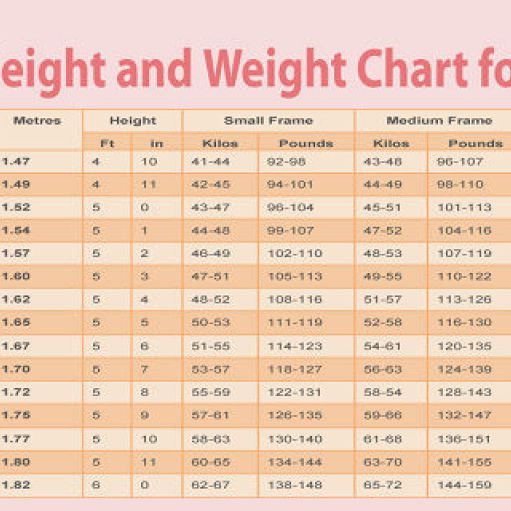 Baby will love it!
Baby will love it! - Talking. What should a 10-month-old be saying? About half of 10-month-olds say “Mama” or “Dada” to refer to their parents. (Aw!) Within the next two months or so, baby will likely know how to say one to three words.
10-Month-Old Health
Here are some frequent health questions parents of 10-month-olds have. Click through for answers and lots of helpful information:
10-Month-Old Food
It’s not just you feeding baby now; they’re probably self-feeding a bit too! Your 10-month-old baby may drink from a bottle, sippy cup or a straw cup unassisted or grab the cut-up bananas on their high-chair tray. You never want to leave baby eating unattended though, in case of choking.
How much should a 10-month-old eat and drink?
Baby might have a hearty appetite, and they’re probably willing to try lots of different things (picky eating is more of a toddler problem). Enjoy the culinary curiosity while it lasts!
Bottle-feeding: Wondering how much formula a 10-month-old should drink? A 6- to 8-ounce bottle about four or five times per day is usually about right. A 10-month-old refusing the bottle is a common complaint; it could be due to teething pain. Or maybe baby’s just exercising independence! Rest assured that baby will eat if they’re healthy and hungry, but look out for signs of illness, such as fever and fussiness. And if baby really won’t eat or drink, it’s time to see the pediatrician.
A 10-month-old refusing the bottle is a common complaint; it could be due to teething pain. Or maybe baby’s just exercising independence! Rest assured that baby will eat if they’re healthy and hungry, but look out for signs of illness, such as fever and fussiness. And if baby really won’t eat or drink, it’s time to see the pediatrician.
Breastfeeding: Feedings are typically about every four to five times per day but each breastfed baby may be slightly different. What’s important is that baby seems content, your breasts seem to have been emptied (they’re soft) and baby’s gaining weight healthily. In a 10-month-old, biting might become a breastfeeding hiccup. If your baby tries to bite you during a feeding, strictly tell your baby “no” and end the feeding, putting them down. After a few failed tries, they’ll learn that biting doesn’t fly with you.
Pumping: A breastfed baby needs about 25 ounces of breast milk per day. So you’ll need to divide that by how many feedings your baby typically has.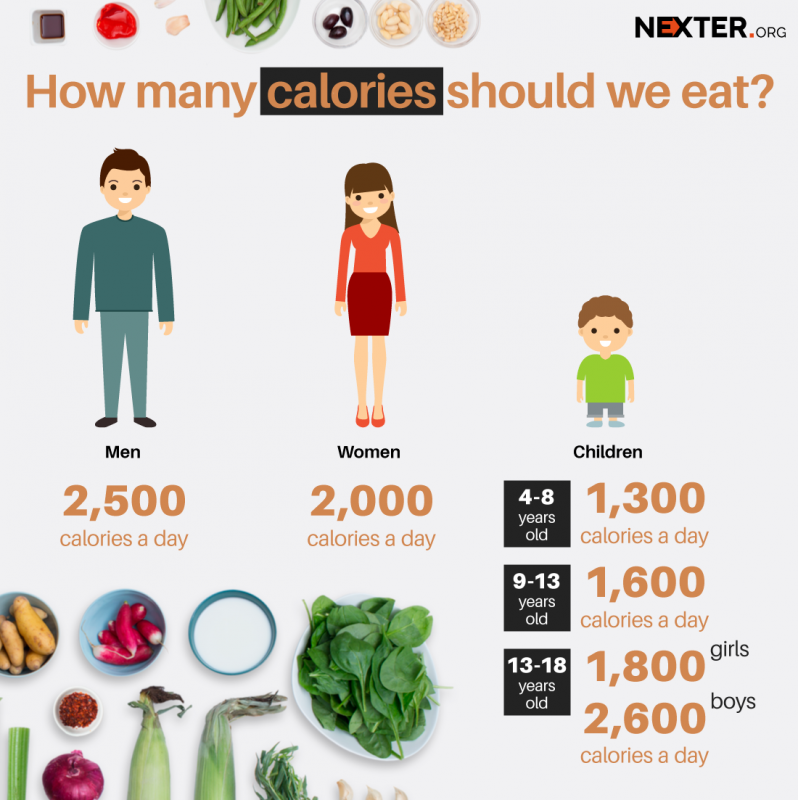 So if you feed baby about five times per day, they should get about 5 ounces of breast milk at each feeding, for example.
So if you feed baby about five times per day, they should get about 5 ounces of breast milk at each feeding, for example.
What can a 10-month-old eat?
You can continue introducing healthy food options to your baby, sticking to one new food every three or four days. You might even start feeding them a little bit of what you’re having. Fruits and veggies are fair game—continue to puree them, but now they can have some texture, or if they’re soft, cut them into tiny pieces baby can pick up and nibble on. Try avocado, banana, blueberries, peaches and cooked potatoes, sweet potatoes, carrots and green beans. Other good finger foods for a 10-month-old baby are pasta pieces, O-shaped cereal, scrambled eggs and tofu. Baby might be eating meat too. Shreds of chicken and ground bits of turkey can be picked up and eaten. Ground beef can be cooked into small pieces and served with a spoon.
Need more food ideas for a 10-month-old? Meal ideas can gradually become more varied as baby tries and likes new foods. Remember to offer baby a variety of food groups, paying attention to giving them a balance of protein, carbs and healthy fats at each meal.
Remember to offer baby a variety of food groups, paying attention to giving them a balance of protein, carbs and healthy fats at each meal.
Can my 10-month-old eat eggs? Many parents of 10-month-olds ask about eggs. The advice used to be to avoid giving babies eggs before their first birthday, but that recommendation is changing. Egg is a common allergen, and the old advice said egg yolk was okay around the nine-month mark but to wait to introduce the egg white (which is more likely to cause an allergic reaction). But newer food allergy research suggests that it might actually benefit baby to introduce allergenic foods early and often. So the short answer is yes, you can give baby egg at 10 months (or, really, any time after 6 months), but it’s always smart to talk to your pediatrician before introducing possible allergens. And as with introducing any new food, watch your baby for signs of an allergic reaction in the following days.
10-month-old feeding schedule
Here’s an example of a typical 10-month-old feeding schedule:
Image: Megan Rubey
10-Month-Old Baby Sleep
Ten-month-old babies typically need about two naps—one in the morning and one in the afternoon.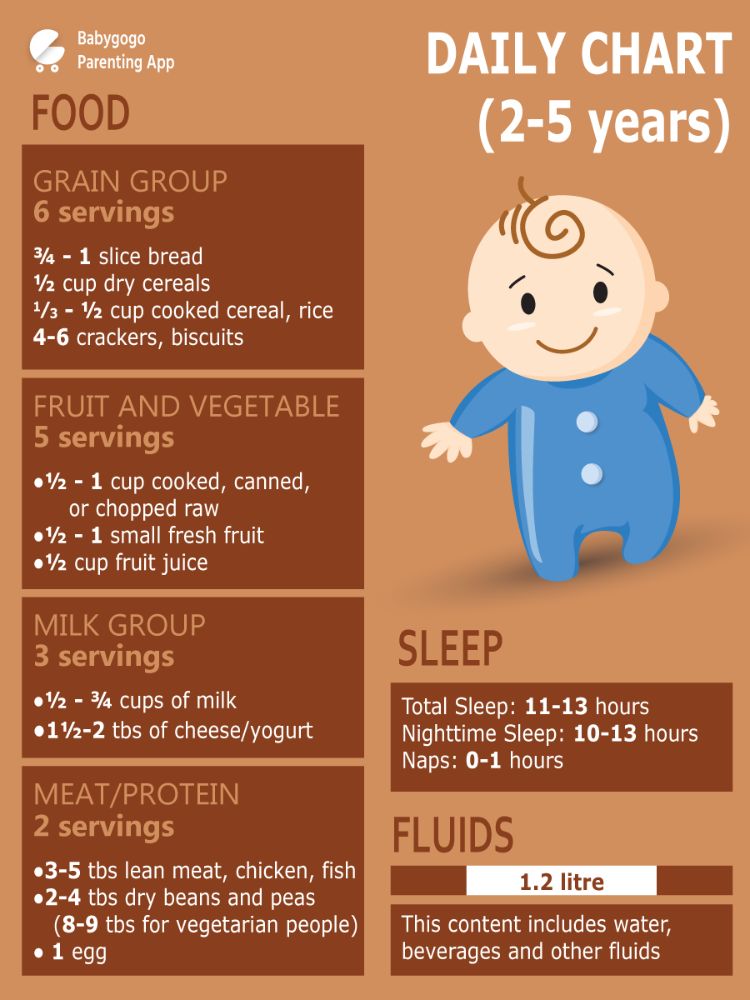 Your baby may be sleeping as much as 11 or even 12 hours at night, perhaps with no waking up. (That’s cause for celebration!)
Your baby may be sleeping as much as 11 or even 12 hours at night, perhaps with no waking up. (That’s cause for celebration!)
What to do if your 10-month-old baby won’t sleep
Some parents complain that their 10-month-old baby is suddenly not sleeping or their 10-month-old wakes up screaming when they previously never did. In a 10-month-old, sleep regression can happen. Because baby’s learning new skills, such as crawling, pulling up to stand and cruising, they might decide they want to practice them… in the middle of the night. It’s hard to get back to sleep after all that activity. Other babies simply miss their parents in the middle of the night and just want to be close to you.
The good news is, babies tend to grow out of regressions like this within a month or two. Until then, use some of these tricks to try to help baby (and you!) get more restful sleep. If your 10-month-old won’t sleep through the night, it’s not necessarily a problem. But some parents are eager to get themselves a good night’s sleep! If you’re interested in helping your 10-month-old sleep longer stretches, consider sleep-training—here’s how to do it.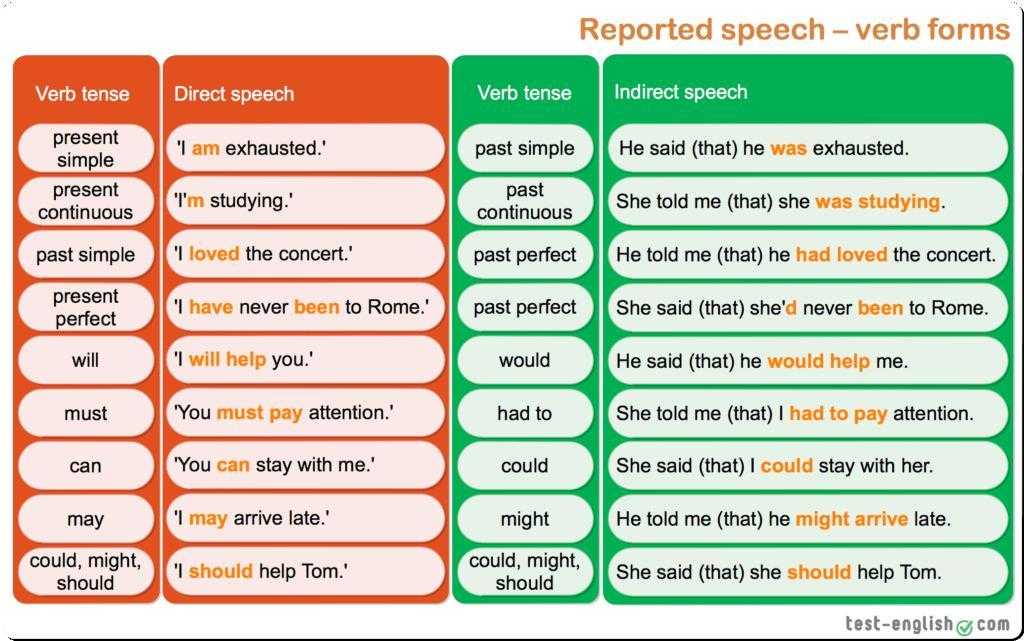
10-month-old sleep schedule
Here’s an example of a typical 10-month-old sleeping schedule:
Image: Megan Rubey
10-Month-Old Schedule
Your 10-month-old’s day looks a lot different than it did just a few months ago. There’s a lot more moving and grooving! The day is full of multiple meals, feeding sessions, naps and plenty of playtime. Suffice it to say, you’re both pretty busy!
10-month-old schedule example
A 10-month-old’s daily schedule might look something like this:
Image: Megan Rubey
Activities for a 10-Month-Old
Looking for things to do with a 10-month-old? Ten-month-old babies are ready to have real fun! You’re probably already besties, but here are a few creative ways to spend some quality time together:
- Baby might love to play with toys with buttons, lids, switches and knobs. Get a ball and pass it back and forth with baby—this simple game is tons of fun for a 10-month-old! So is pat-a-cake; they can probably now join in and clap hands with you.

- At 10 months, baby’s hand coordination improves each day; encourage them to stack blocks or bowls to keep them engaged. This will help strengthen their cognitive skills.
10-Month-Old Baby Checklist and Tips
- Schedule baby’s 12-month checkup, if you haven’t already.
- Sing simple songs to baby, like “Itsy-Bitsy Spider.” Babies love music, and this is the perfect way to introduce them to new words and sounds.
- Start planning baby’s birthday party if you’re having one. You’ll want to send out invitations about a month in advance.
- Take baby’s 10-month-old baby milestone photo.
- Hopefully, baby’s sleep regression has passed by now. To get baby to sleep through the night, try experimenting with sleep-training like the Ferber method.
- If your 10-month-old baby is on the move, always keep a watchful eye on them. You’ve already childproofed the house, but it’s important to supervise them when they’re scooting, crawling or starting to walk to keep them out of harm’s way.
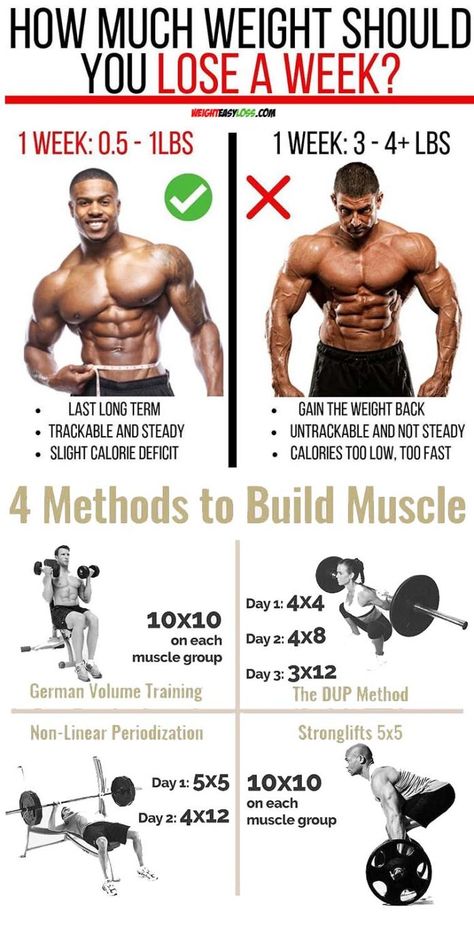
- If baby’s teeth have started coming in, they may pick up a bad habit of biting. If your child bites you, respond firmly and negatively. Afterward, offer baby something they can safely chew on, like a soft toy or teething ring.
- Praise baby for all their new tricks. This is a great way to build baby’s self-confidence. Baby will be more inclined to try practicing new skills when they know it makes you happy and proud. Be sure to offer gentle and positive encouragement.
Can you believe your little one’s first birthday is just around the corner? Your child is growing up right before your eyes, so be sure to savor all those 10-month baby milestones you’ll experience soon. Every day is a new adventure as your 10-month-old baby gets stronger and smarter.
Medical content was reviewed by Dina DiMaggio, MD, a board-certified pediatrician at Pediatric Associates of NYC and NYU Langone Health in New York City, and a spokesperson for the American Academy of Pediatrics. She is also the coauthor of The Pediatrician’s Guide to Feeding Babies and Toddlers.
She is also the coauthor of The Pediatrician’s Guide to Feeding Babies and Toddlers.
Average baby weight: Chart and development
Weight is one indicator of good nutrition and physical development. It can therefore be helpful to know about babies’ average weight month by month.
First, it is worth noting that average weight is not “normal” weight. Just like adults, babies come in all shapes and sizes. If a baby’s weight is in a lower percentile, this does not necessarily signal a problem with their growth or physical development. With this in mind, using a weight chart can help a person generally track their baby’s growth.
The Centers for Disease Control and Prevention (CDC) recommend using the World Health Organization (WHO) weight chart for babies up to 2 years of age.
This article describes the average weight of a baby month by month from birth. It also explores what can affect a baby’s weight.
According to the WHO, the average birth weight of a full-term male baby is 7 pounds (lb) 6 ounces (oz), or 3.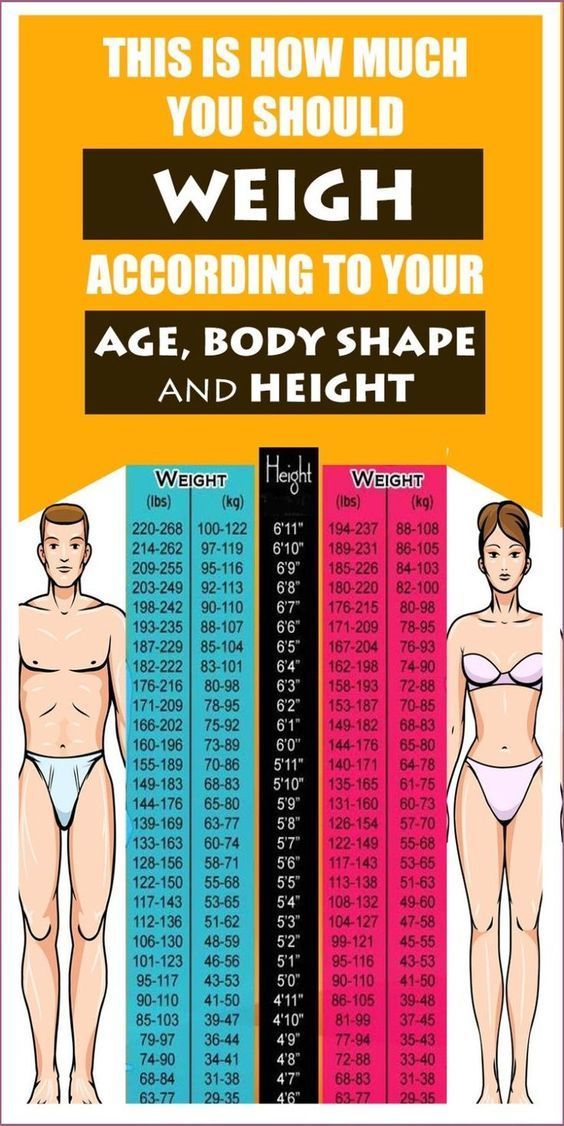 3 kilograms (kg). The average birth weight of a full-term female is 7 lb 2 oz, or 3.2 kg.
3 kilograms (kg). The average birth weight of a full-term female is 7 lb 2 oz, or 3.2 kg.
The average weight of a baby born at 37–40 weeks ranges from 5 lb 8 oz to 8 lb 13 oz. This is 2.5 to 4 kg.
At delivery, experts consider a low birth weight to be less than 5 lb 8 oz, or 2.5 kg.
It is common for babies to lose around 10% of their weight shortly after birth. This decrease is mostly due to fluid loss and usually nothing to worry about. Most babies gain back this weight within 1 week.
Weight charts can help a person tell what percentile their baby’s weight falls into. For example, if their weight is in the 60th percentile, it means that 40% of babies of the same age and sex weigh more, and 60% of these babies weigh less.
This does not necessarily mean that any baby weighs too much or too little. It can simply indicate where a baby’s weight falls on a spectrum.
The chart below shows baby weights in the 50th percentile. This is the average weight. Male babies tend to weigh a little more than female babies, so the chart is divided by sex.
| Baby age | Female 50th percentile weight | Male 50th percentile weight |
| Birth | 7 lb 2 oz (3.2 kg) | 7 lb 6 oz (3.3 kg) |
| 1 month | 9 lb 4 oz (4.2 kg) | 9 lb 14 oz (4.5 kg) |
| 2 months | 11 lb 5 oz (5.1 kg) | 12 lb 4 oz (5.6 kg) |
| 3 months | 12 lb 14 oz (5.8 kg) | 14 lb 1 oz (6.4 kg) |
| 4 months | 14 lb 3 oz (6.4 kg) | 15 lb 7 oz (7.0 kg) |
| 5 months | 15 lb 3 oz (6.9 kg) | 16 lb 9 oz (7.5 kg) |
| 6 months | 16 lb 1 oz (7.3 kg) | 17 lb 8 oz (7.9 kg) |
| 7 months | 16 lb 14 oz (7.6 kg) | 18 lb 5 oz (8.3 kg) |
| 8 months | 17 lb 8 oz (7.9 kg) | 18 lb 15 oz (8.6 kg) |
| 9 months | 18 lb 2 oz (8.2 kg) | 19 lb 10 oz (8.9 kg) |
| 10 months | 18 lb 11 oz (8.5 kg) | 20 lb 3 oz (9. 2 kg) 2 kg) |
| 11 months | 19 lb 4 oz (8.7 kg) | 20 lb 12 oz (9.4 kg) |
| 12 months | 19 lb 12 oz (8.9 kg) | 21 lb 4 oz (9.6 kg) |
Babies grow and gain weight the fastest within the first 6 months of life. Although this can vary, babies tend to gain around 4–7 oz, or 113–200 grams (g), per week in the first 4–6 months.
Weight gain then slows slightly, with an average gain of around 3–5 oz (about 85–140 g) per week when the baby is 6–18 months. On average, babies triple their birth weight by their first birthday.
Growth patterns do not follow a clear schedule, however.
Some babies gain weight steadily and stay in the same percentile, or close to it, for several months. Others gain weight rapidly, signalling a growth spurt, which can happen at any time. This may move a baby into a new weight percentile.
It is important not to focus on weight as the only indicator of physical development. Other measurements of this development include the baby’s length and head circumference.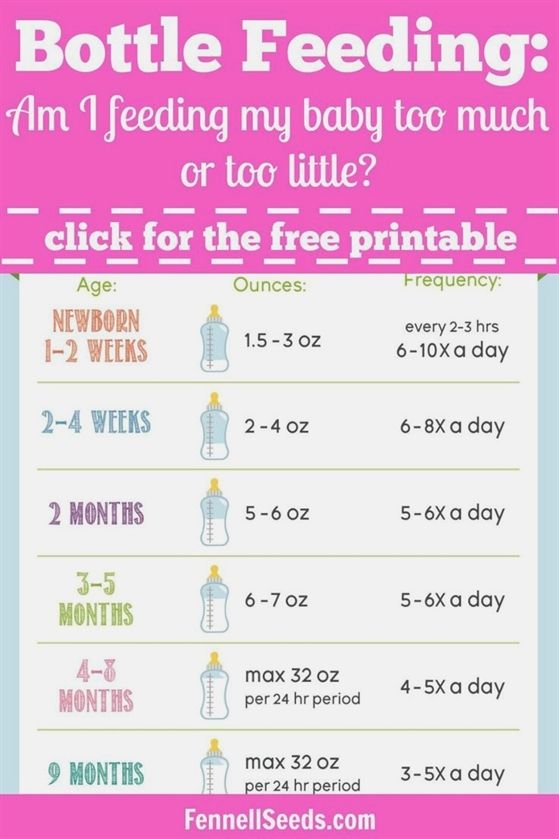
Considering all three measurements gives doctors an idea about how the baby is growing, compared with other babies of the same age and sex.
Meanwhile, it is also important to keep other developmental milestones in mind. Various checklists of milestones by age are available, including one from Pathways.org, which is endorsed by organizations such as the American Academy of Pediatrics and the National Association of Pediatric Nurse Practitioners.
For anyone looking for more information about what influences the weight of a baby, several factors can be involved, including:
Sex
Male newborns tend to be bigger than female newborns, and they typically gain weight a little faster during infancy.
Nutrition
Weight gain and growth rates can also depend on whether the baby consumes breast milk or formula.
The American Academy of Pediatrics notes that breastfed babies gain weight and grow faster than formula-fed babies during the first 6 months.
However, that rate can shift during the next 6 months. Breastfed babies may gain weight and grow more slowly than formula-fed babies when they are aged 6 months to 1 year.
Breastfed babies may gain weight and grow more slowly than formula-fed babies when they are aged 6 months to 1 year.
Medical conditions
Underlying health issues can cause a baby to gain weight more slowly. For example, babies with congenital heart irregularities may gain weight at a slower rate than babies without this condition.
Health issues that affect nutrient absorption or digestion, such as celiac disease, may also lead to slow weight gain.
Prematurity
Babies born prematurely may grow and gain weight more slowly during their first year than babies born at full term.
However, many babies born prematurely gain weight rapidly and “catch up” by about their first birthday.
The average birth weight for full-term male babies is 7 lb 6 oz, or 3.3 kg. For female babies born full-term, the average birth weight is 7 lb 2 oz, or 3.2 kg.
Baby weight charts can help a healthcare team track a baby’s physical development by comparing the baby’s weight with the weights of others of the same age and sex.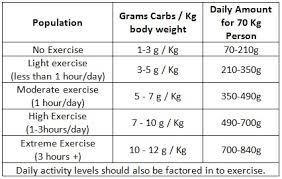
Still, a doctor usually looks for steady growth, rather than a target percentile, when assessing a baby’s physical development. And even if a baby’s weight is in a lower percentile, they will not necessarily be a small adult — just as longer babies do not necessarily become tall adults.
Knowing about average weights by month can help people gauge their babies’ physical development, but doctors also look for other important indicators, such as length and head circumference.
Healthcare professionals also take into account whether a baby is generally hitting other milestones on time. And by taking a detailed medical history, they can rule out any medical conditions or nutritional considerations that may be preventing a baby from gaining weight appropriately.
child development at 10 months, weight, height, mode
6-12 months
Article
2.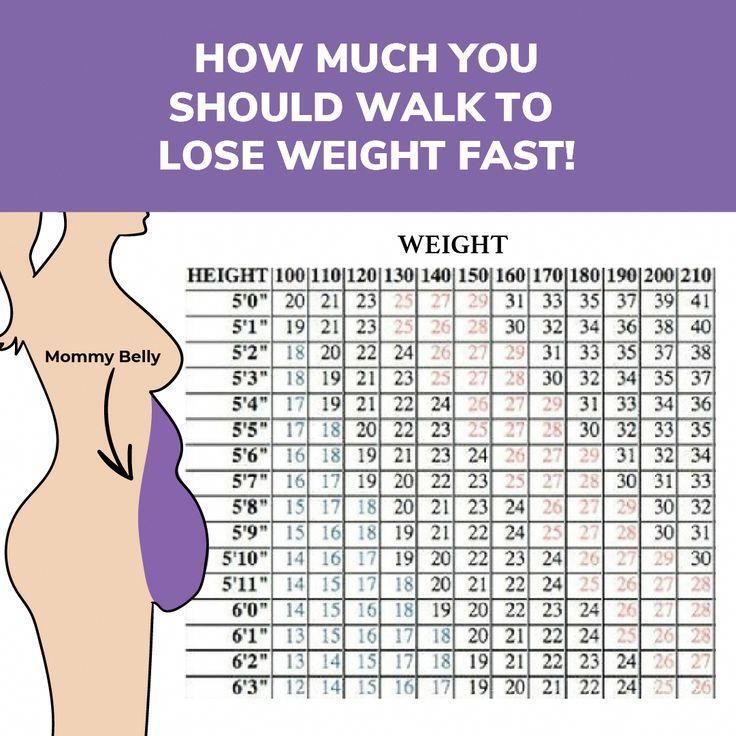 9/5 128 reviews
9/5 128 reviews
It's hard to believe that very soon you will be celebrating the first year of your baby's life. A 10-month-old baby is no longer gaining weight so rapidly, but is increasingly exploring the world and learning new things.
10 min. for reading Feb. 17, 2022
Skills of a 10-month-old baby
- Children can pretend to be distrustful of strangers, while showing friendliness and obsession with acquaintances.
- The baby begins to understand the word "no".
- The kid tries to copy sounds, pronounces his first "ma" or "ba".
- Points fingers at objects that interest him.
- Watching something fall.
- The child is enthusiastically looking for hidden things.
- Baby likes to play "Ku-ku!".
- Moves things smoothly from one hand to the other.
- Learn to hold pieces of food between thumb and forefinger.

- Baby can stand with support.
- Sits without help.
- Actively crawls.
10 month old: learning by playing
For babies, play is much more than just fun. Every brick tower, role-play, every sound and word, all of these are small but important steps in the development of life skills. Creative thinking, motor skills and problem solving skills are acquired through play. In addition, during the gameplay, your child will begin to learn to have fun. Making active gaming the norm for the family, rather than chaining every family member to a screen, is a great way to instill healthy habits for life.
The number of words children learn is directly related to the amount of time parents spend talking with their babies. That's why it's so important to spend more time just talking about something crumbs, even if the conversation is more like a monologue. Comment on what you are doing: “Look, I am preparing dinner for you.”, “How funny our cat is when it catches the ball!”.
It is worth noting that children need live communication, not cartoons. Experts have found evidence that watching TV can slow down a child's learning of new words. The researchers also found that playing with traditional toys and reading books together was more effective than playing with electronic toys in facilitating meaningful communication between parents and their babies.
Ideas for games with kids
1. Little cook. Invite your child to play cook: wooden spoons, plastic bowls and other safe items will do. For what? The baby loves to explore new objects, exploring them with both hands. Her grip is becoming more and more developed, so she likes to pick up things of different shapes and sizes and play with them.
2. Encourage your child to build blocks and towers. Any light objects that can be stacked on top of each other will work - wooden blocks, plastic rings, empty yogurt containers or plastic cups. This kind of games help develop fine and gross motor skills, as well as improve coordination.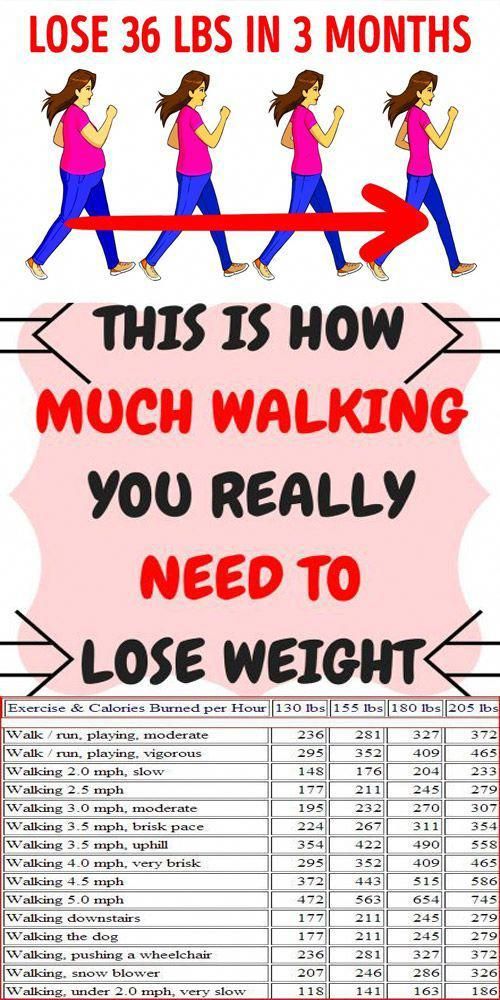 Consider buying a bodyboard - a board with various elements, which is also good for a child's fine motor skills and thinking.
Consider buying a bodyboard - a board with various elements, which is also good for a child's fine motor skills and thinking.
3. Sense of rhythm. Introduce your little one to different musical styles, encourage her to drum to the beat - you can use spoons and bowls as a drum kit. Dancing, moving and sounding together is a great way for you and your child to get creative and have fun. At this age, he loves to move, bounce and rock back and forth. Musical play can also promote language development, as your baby learns to recognize and respond to rhythm changes, a skill that, if learned early, can have a long-term impact.
4. Development of speech. Speech therapists recommend encouraging a child to speak from the moment when he is no longer just babbling, but puts meaning even in short syllables. Picture books “Who says what?” will be useful. There are also options for audio books for children.
5. Learning to crawl. Use pillows and blankets to make "hills" and tunnels for "chasing" along.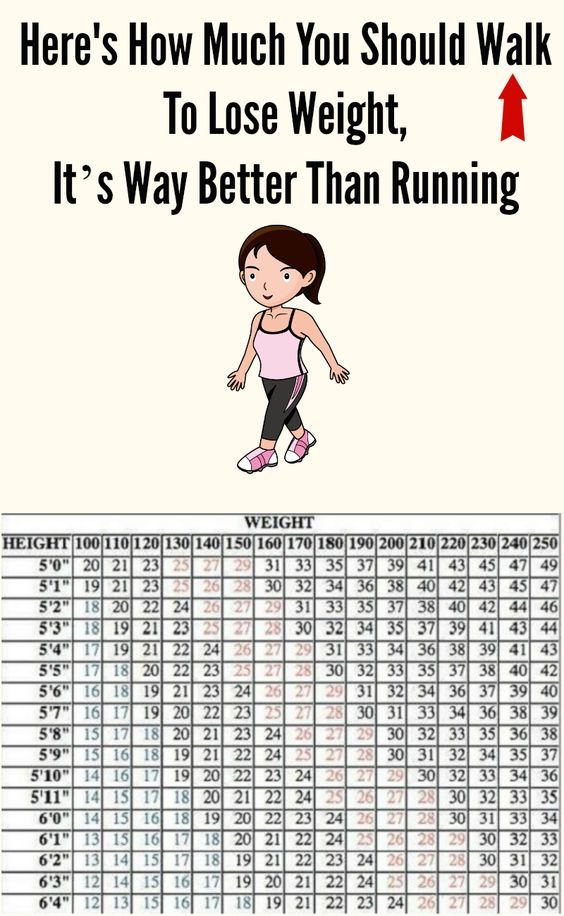 This will help your baby develop balance, strength, and problem-solving skills.
This will help your baby develop balance, strength, and problem-solving skills.
6. First steps. Move the sofa against the wall, preferably in a room with a soft floor or carpet. Help the child stand at one end and then encourage him to walk to the other end. If he doesn't seem to want to do this, just take the baby by the arms and encourage him to take a few steps. Or try again in a couple of weeks. Why? Once your baby has mastered the art of crawling, they will soon begin to pull themselves up to stand up. Practicing this skill will help build confidence and strengthen the muscles needed to eventually take your first steps.
Child development at 10 months: height and weight
All babies develop individually. But still there are certain parameters for the height and weight of a child in the first year of life. From 10 to 12 months, weight gain ranges from 300-900 grams per month. On average, the weight of a child of 10 months is 8.2–9.9 kg (for boys) and 7.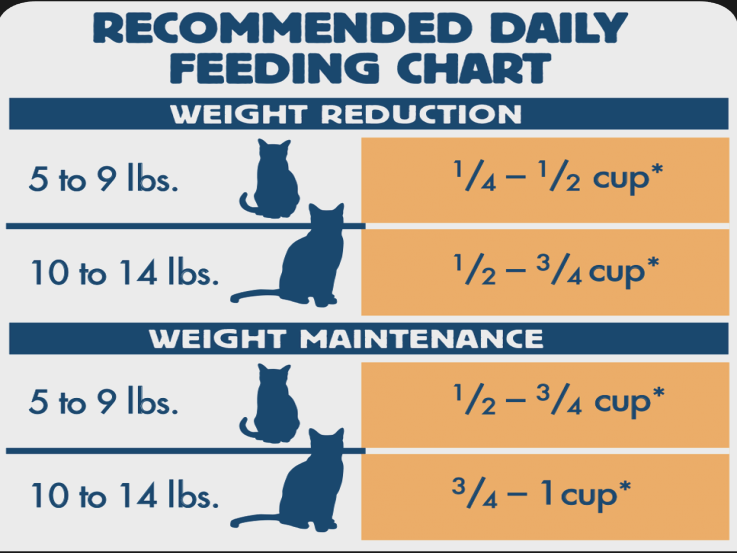 5–9.6 kg (for girls). The height of a 10-month-old baby is about 71-75.6 cm (boys) and 69-74 cm (girls). If the baby gained 1.5 kg in the first 3–4 months, and later the weight stopped, this may be the norm. It is worth paying attention to the general well-being of the baby.
5–9.6 kg (for girls). The height of a 10-month-old baby is about 71-75.6 cm (boys) and 69-74 cm (girls). If the baby gained 1.5 kg in the first 3–4 months, and later the weight stopped, this may be the norm. It is worth paying attention to the general well-being of the baby.
For proper development and growth, the baby must receive nutrients regularly, with mother's milk, and later with complementary foods.
Symptoms of underweight in a child of 10 months:
- Anxious baby or vice versa.
- Intestinal colic.
- Stool disorders.
- The skin is pale, prone to peeling.
- No natural creases on the legs and arms.
- Low muscle tone, poor coordination.
Important! If your baby looks healthy, it is a mistake to assume that he does not need a medical examination. The first year of life is an important stage in the further development of the child, both physical and psycho-emotional. During a home visit, the doctor will not only assess the health of the baby, but also give parents useful advice about caring for a child for 10 months, tell you how best to feed the baby, and also draw up a schedule of vaccinations.
During a home visit, the doctor will not only assess the health of the baby, but also give parents useful advice about caring for a child for 10 months, tell you how best to feed the baby, and also draw up a schedule of vaccinations.
Dental care at 10 months
How many teeth should I have at 10 months? There is no single correct answer. The first teeth usually begin to appear at 5-7 months, and by the first year of life, the child already has several pairs of first teeth.
But don't panic if your 10-month-old baby's teeth don't grow according to the pattern above. A delay of a couple of months is considered the norm and is associated with the individual characteristics of the organism. To speed up teething, you can buy special ring toys - silicone teethers. Before use, they are recommended to be cooled, but not in the freezer, to avoid injury and cuts. Gentle gum massage is also helpful, as pressure on the gums eases and speeds up teething at 10 months, and the cold reduces discomfort.
How to brush your baby's teeth: choosing a toothpaste
Many people think that fluorides are synthetic additives. But these are natural compounds. Moreover, they are found in water and a number of foods. And in some countries, drinking water is even additionally fluoridated. Therefore, fluorides are indispensable substances in the prevention of caries, especially for the first teeth. The European Association of Pediatric Dentists (EAPD) recommends that toothpastes for children under 6 years of age should contain 1000 ppm fluoride. For babies under 2 years old, a small amount the size of a grain of rice is sufficient.
As for the toothbrush, choose according to the following criteria:
- head size - up to 2 cm;
- shape: rounded rubberized head and ergonomic handle, better also rubberized;
- number of bristles - as thick as possible;
- stiffness - soft.
Life hack! Buy two brushes: one inexpensive brush for play, adaptation and easier teething; the second - high-quality, exclusively for cleaning.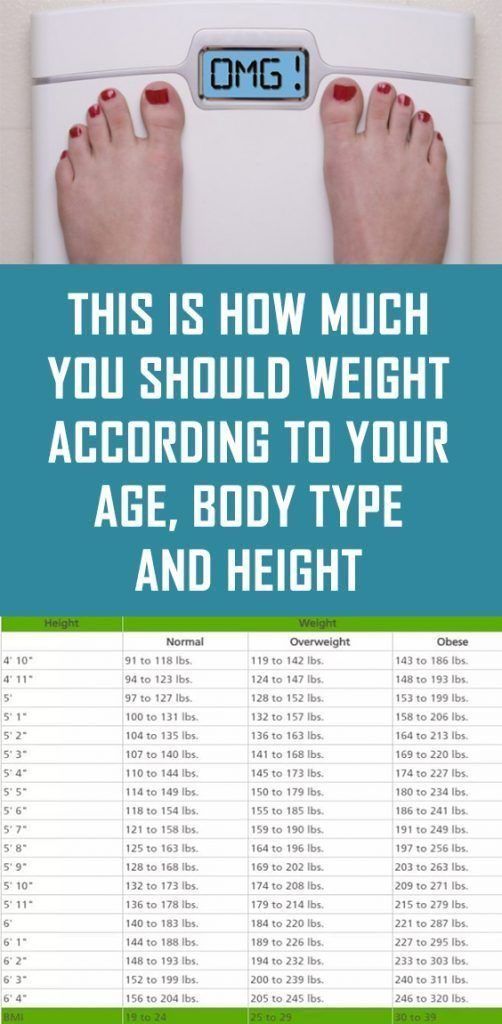
10 month old baby menu: feeding, nutrition and complementary foods
As responsible parents, you probably already know that a balanced and nutritious diet is important for your baby's healthy growth and development. The diet of a child at 10 months should already include solid food. When introducing a new taste to your baby, start with small pieces and portions. You can also combine new foods with your baby's familiar and favorite foods.
You don't have to wait until your child has teeth before offering lumpy food—hard gums will help loosen it. Try starting with a thick puree with chunks of soft vegetables. Such food allows your child to practice moving food around the mouth up and down, back and forth.
Baby nutrition at 10 months
Eating fruits and vegetables at an early age can help your baby develop healthy eating habits later in life. But how do you get your toddler to eat more fruits and vegetables? Here are some expert tips.
- Let your child choose.
Prepare foods with different textures—cooked or raw, diced or mashed—for even more variety.
- Don't give up! It may take up to eight tries before your child likes the new texture.
- Be an example for inheritance. If your child sees that you enjoy eating a fruit or vegetable, he may want to try it too.
- Watch your water balance. Breast milk and water are the only drinks your baby needs at this age.
10 Months Feeding Rules
Your baby may be easily distracted and more interested in your food than in his own. This is normal behavior for children of this age. Be patient and understanding as he tries new foods and learns to eat on his own, take your time and don't force him to eat more. Encourage your baby to copy you by eating the same healthy food at the table. Make dinners fun, talk, drink and smile with her. Limit distractions so she can focus on feeding. Remove toys or other items from the table, turn off the TV and do not place phones or tablets on the table.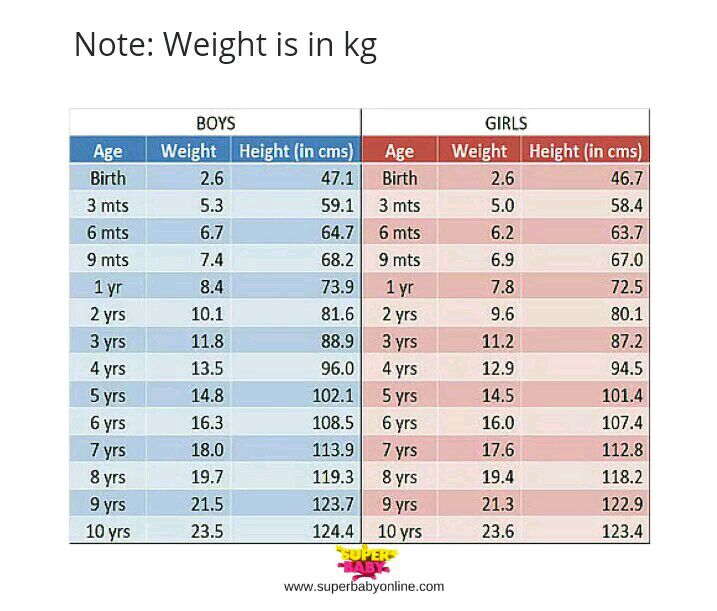
Try to ignore the mess and let your baby play with and feel the food. You will probably find that there will be more food on his face, on the floor and on the highchair than in his mouth, but don't worry. So he learns to feed himself!
Your baby is born with an instinct to recognize when he is hungry or full. He will decide if and how much. Your job as a parent is to offer your child a variety of healthy foods throughout the day in the form of meals and snacks. Never force your child to eat certain foods or finish what you put on their plate. Research has shown that children whose parents respond appropriately to their signs of hunger and satiety are more likely to maintain a healthy weight as they grow older.
Learning to Drink on Your Own
Between eight and ten months of age, babies are eager to learn new skills, so this is the perfect time to help your child learn to drink from a cup. Children love to imitate, so be an example. Take an open cup with both hands and bring it to your mouth to drink. Give your little one an empty plastic cup so she can play, explore and practice. Encourage her to copy you and praise her for every attempt. It is better to choose an open cup, without a valve or spout, so that the child's mouth muscles develop. If your child needs a snack or drink of water while playing at home, take a break and seat them at the family dinner table.
Give your little one an empty plastic cup so she can play, explore and practice. Encourage her to copy you and praise her for every attempt. It is better to choose an open cup, without a valve or spout, so that the child's mouth muscles develop. If your child needs a snack or drink of water while playing at home, take a break and seat them at the family dinner table.
Can I add fish to the menu of a 10 month old baby?
From the age of 10 months, fish can be introduced into the child's diet - an important nutritional component that contains many useful substances: omega-3 fatty acids, phosphorus and vitamins. But, since fish is an allergen, there are a number of precautions:
- We start with white, non-oily marine varieties (hake, pollock, halibut).
- Children under one year - 1 serving (20-30 grams) once a week.
Which foods should you still avoid?
- Any mushrooms, even seemingly harmless champignons.

- Pickles and smoked products.
- All sweetened drinks. For a 10-month-old baby, breast milk and plain water are sufficient.
- Raw eggs.
- Sweets.
How do you know if a child is malnourished?
Signs of malnutrition to look out for:
- The baby is restless.
- Sleep disturbed.
- The child is reluctant to eat complementary foods.
- Gaining weight poorly.
- Pale skin (possibly anemia).
- The folds are thinned.
Baby's sleep at 10 months
A 10-month-old baby sleeps approximately 11-12 hours at night and 2-3 hours during the day. The time of wakefulness, from awakening to the moment of direct falling asleep, ranges from 3-4 hours.
Sleep rates for 10 months are statistically selected data. It will not be superfluous to repeat that each child develops individually. If the baby is calm, healthy and in a good mood, there is no reason to worry.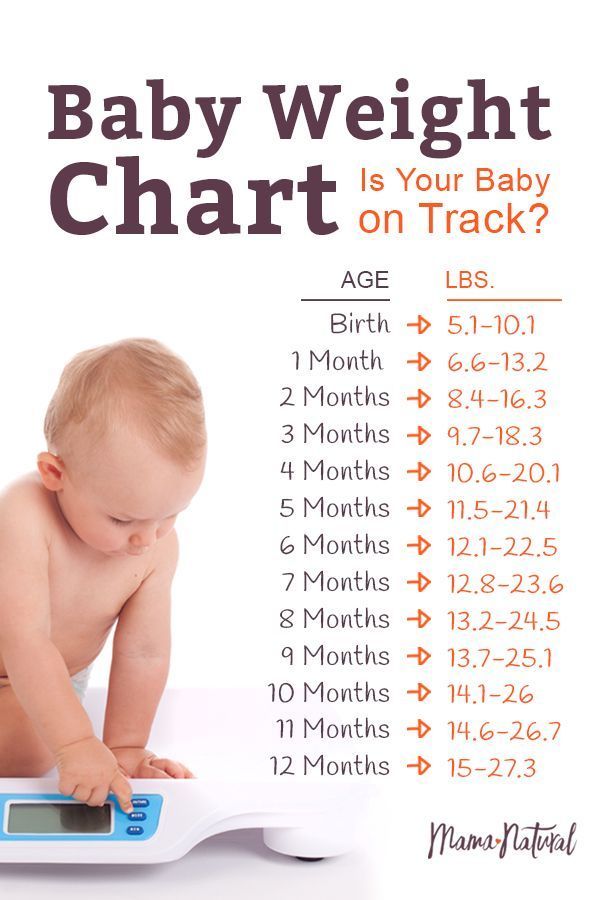
If your child has learned to fall asleep on his own and is not disturbed by anything, the baby is more likely to sleep through the night with no or minimal awakenings (1-2 times not every night). Breastfed babies should be fed between 4 am and 8 am. In such cases, a convenient option is a crib with the side wall removed, pushed close to the parent's bed.
Correct daily routine for a 10 month old baby
1. Keep a diary of notes. It is unlikely that by the end of the week you will remember exactly what time your baby fell asleep on Wednesday afternoon. By writing down the important moments of your baby's day, it will be easier for you to analyze the situation, and you will also be able to share detailed information with the doctor at the consultation. In addition to the usual notepad with a pen, today there are many applications for tracking time. We recommend saving the following data:
- time when the child wakes up in the morning;
- time for evening rituals before going to bed;
- how long the baby falls asleep;
- start time and duration of sleep;
- number of awakenings;
- as well as other events of the day: feeding, walking, playing, going to the toilet, crying.

2. Get ready in the morning for a good night's sleep. Try to start your day between 6:00 am and 7:30 am. If the baby sleeps too long in the morning, this can negatively affect the entire daily routine of a child at 10 months. But getting up too early, before 6:00 in the morning, is a signal that the proposed regimen is not suitable for the baby, and there is not enough sleep.
3. Waking time at 10 months. All activities during the day are of great importance for quality sleep. It is important that the baby is not too tired during the day. Severe overwork will harm sleep, and it is very difficult for an overexcited child to calm down and fall asleep.
4. Evening rituals:
- dim the lights throughout the house and close the curtains;
- turn off the TV, computer, put down the phone;
- turn on "white noise", this will help calm the baby, because he heard a similar sound in the womb;
- give your baby a relaxing massage;
- make a warm bath for the baby;
- read a book, tell a story, or sing a lullaby.
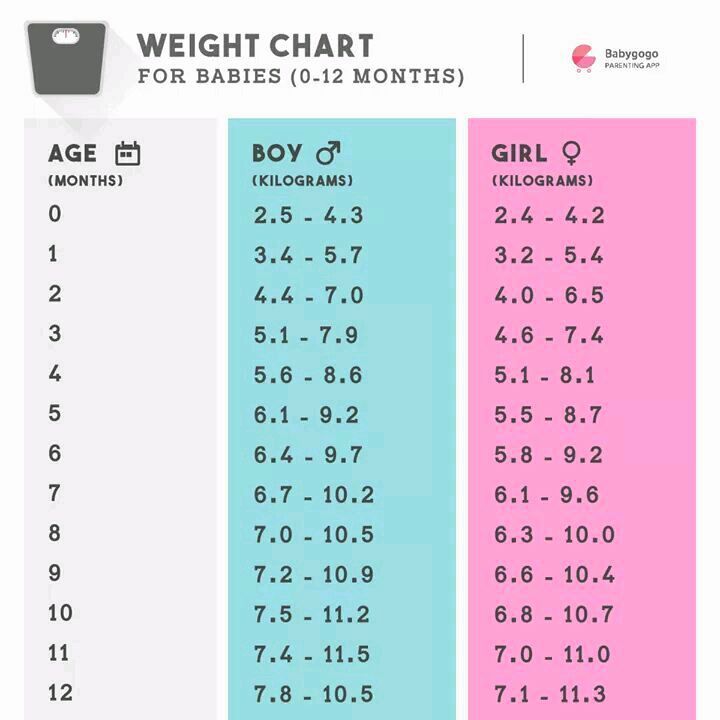
Material approved by doctor Daria Vakula
Last reviews
Average customer rating
128 customer ratings
Snapshot of community ratings
- 5 22
- four 21
- 3 17
- 2 53
- one fifteen
Weight and height of a child by months up to a year - Table of weight norms for babies
A young mother often worries about whether her baby is developing correctly. And the weight of the child is one of the “sick” questions that often comes up on the playground.
Undoubtedly, how much a newborn is gaining weight is really important to know. But remember that the height and weight of the child are individual indicators. And they may not always fit into beautiful statistics.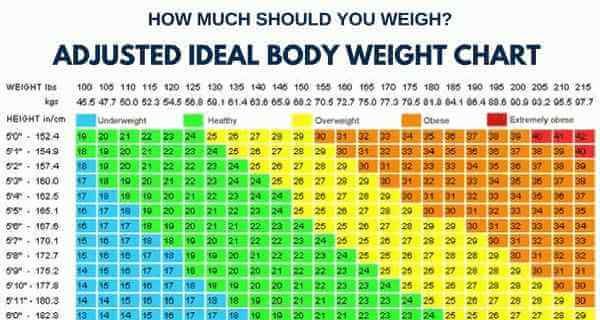 Although the approximate norm for the weight of a newborn is calculated based on general values. Doctors who carry out regular weighing of a newborn also have their own guidelines.
Although the approximate norm for the weight of a newborn is calculated based on general values. Doctors who carry out regular weighing of a newborn also have their own guidelines.
The table below shows the height and weight of the newborn by month. The figures take into account statistical data and recommendations of pediatricians (the discrepancy, by the way, is only 3%).
| Child's age, months | Boy, weight, g | Boy, height, cm | Girl, weight, g | Girl, height, cm |
|---|---|---|---|---|
| Newborn | 3 600 | fifty | 3400 | 49.5 |
| 1 month | 4 450 | 54.5 | 4 150 | 53.5 |
| 2 month | 5 250 | 58 | 4 900 | 56. 8 8 |
| 3 month | 6050 | 61 | 5 500 | 59.3 |
| 4 month | 6 700 | 63 | 6 150 | 61.5 |
| 5 month | 7 300 | 65 | 6 650 | 63.4 |
| 6 month | 7 900 | 67 | 7 200 | 65.3 |
| 7 month | 8 400 | 68.7 | 7 700 | 66.9 |
| 8 month | 8 850 | 70.3 | 8 100 | 68. 4 4 |
| 9 month | 9 250 | 71.7 | 8 500 | 70 |
| 10 month | 9 650 | 73 | 8 850 | 71.3 |
| 11 month | 10,000 | 74.3 | 9 200 | 72.6 |
| 12 month | 10 300 | 75.5 | 9 500 | 73.8 |
To use the table, you should know how to weigh a newborn correctly. Before turning on the scales, you need to remove all foreign objects from the bowl, otherwise you will get distorted data. Although you can leave a diaper on it and then press the "Tara" button to reset the result.